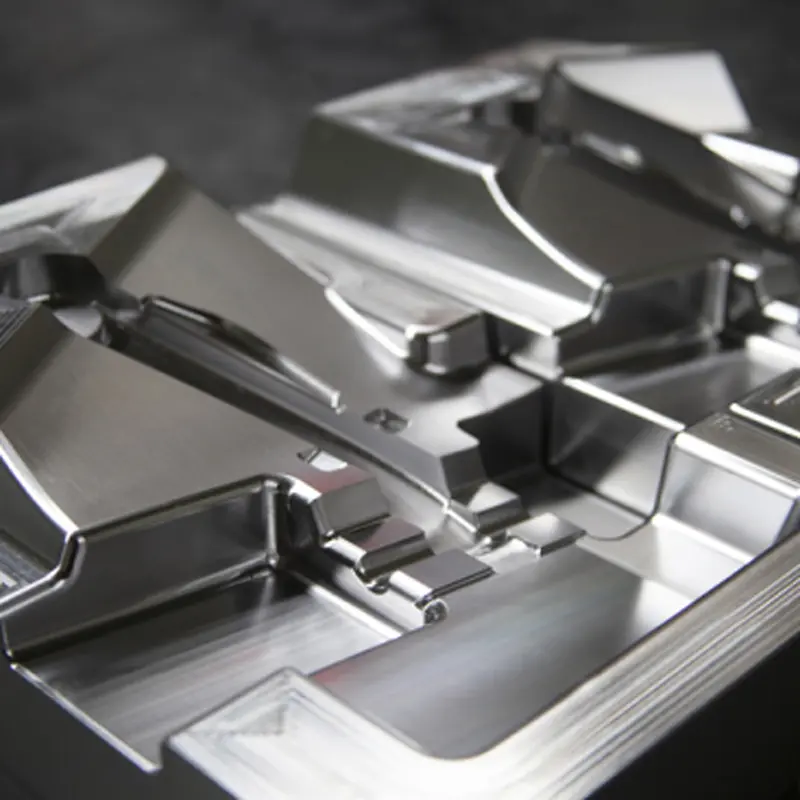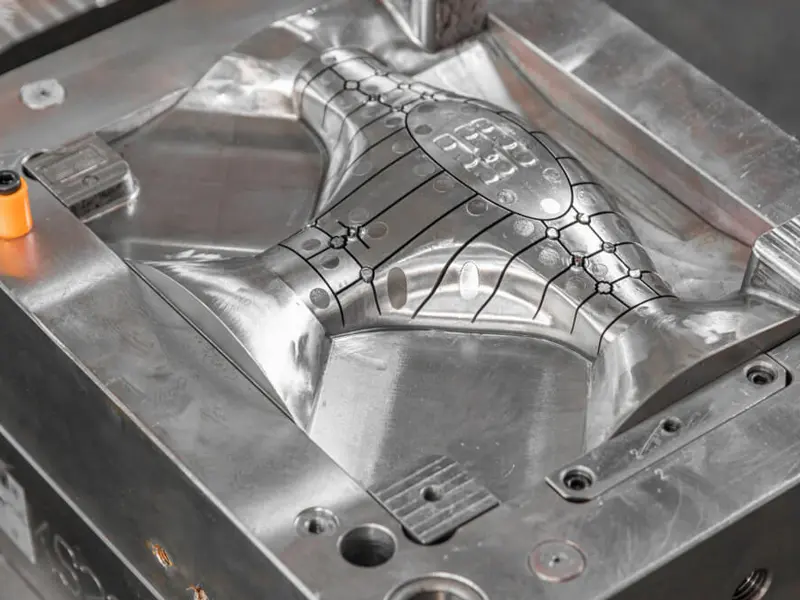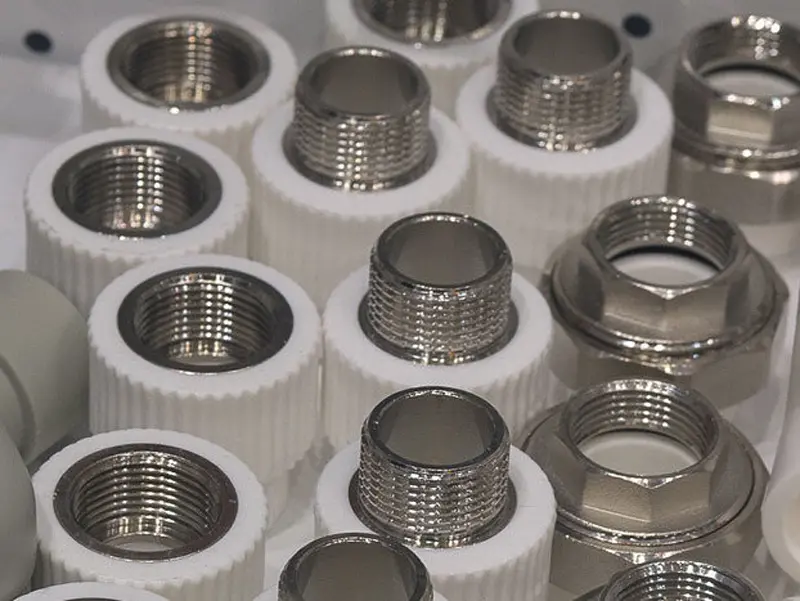what is the best material for 3d printing
The question of "what is the best material for 3D printing?" does not have a definitive answer as it heavily depends on the specific application, budget, performance requirements, and availability. However, I can outline some of the most popular and highly regarded materials across various industries and applications.
1. Plastic Materials
PLA (Polylactic Acid): Widely considered as a beginner-friendly and eco-friendly material, PLA is derived from renewable resources like corn starch or sugarcane. It prints with minimal odor and low warping, making it ideal for prototyping, educational purposes, and creating visually appealing models.
ABS (Acrylonitrile Butadiene Styrene): Known for its strength, durability, and heat resistance, ABS is a popular choice for functional prototypes, automotive parts, and electronic enclosures. However, it requires higher temperatures during printing and can emit an odor.
PETG (Polyethylene Terephthalate Glycol): Offering a balance between PLA's ease of use and ABS's strength, PETG is a versatile material suitable for outdoor applications, packaging, and items requiring higher heat resistance.
2. Metal Materials
Titanium, Stainless Steel, Aluminum Alloys: These metals are used in high-end manufacturing due to their strength, corrosion resistance, and ability to withstand extreme temperatures. Metal 3D printing enables the creation of complex geometries and customized designs for aerospace, automotive, and medical applications. However, metal printing is more expensive and requires specialized equipment.
3. Ceramic Materials
Ceramic materials are renowned for their heat resistance, wear resistance, and electrical insulation properties. They are suitable for applications such as ceramic molds, tiles, and components in the electronics and chemical industries.
4. Biomaterials
In the medical field, biomaterials like hydrogels, collagen, and even living cells are used for 3D bioprinting. These materials have excellent biocompatibility, allowing for the creation of tissue scaffolds, implants, and potentially even fully functional organs.
5. Specialty Materials
Specialty materials like TPU (Thermoplastic Polyurethane), Nylon, and Polyimide offer unique properties tailored to specific applications. TPU, for instance, is known for its elasticity and durability, making it suitable for shoe soles, gaskets, and flexible components. Nylon and Polyimide, on the other hand, are renowned for their strength, heat resistance, and chemical resistance, making them ideal for high-performance applications.
the best 3D printing material depends on the specific needs of the project. It's essential to consider factors such as material properties, cost, processing requirements, and end-use application when selecting the most suitable material.
Related searches: Kinds Of 3d Printers Design Of 3d Printer Abs Material In 3d Printing







